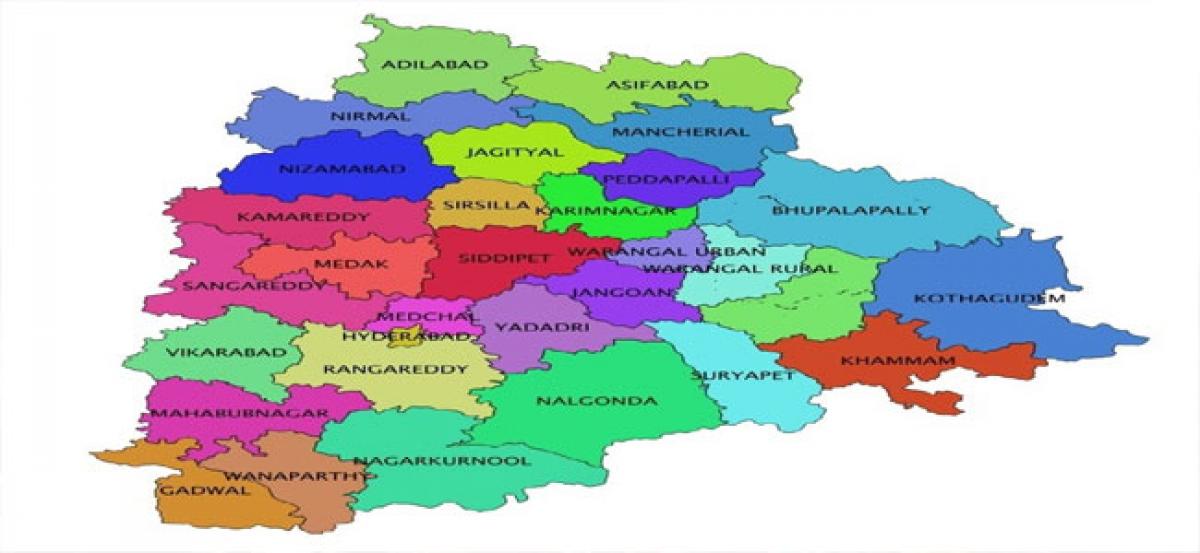Live
- Three Dead In Delhi Building Collapse Amid Heavy Rain
- District SP T. Srinivas Rao, IPS, Expresses Condolences on the Death of Woman Constable in Road Accident
- District Additional Collector Narsinga Rao Stresses Effective Implementation of Nasha Mukt Bharat Abhiyaan
- State Government Distributes Mahalakshmi Scheme Gas Cylinder Certificates under Abhaya Hastham
- Demand for Immediate Operationalization of 100-Bed Hospital in Alampur Constituency and 30-Bed Hospital in Aija Mandal
- Minister Komatireddy Venkat Reddy Criticizes Past Government for Yadadri Power Plant Neglect
- Nine persons injured in explosion at a house in Kishanbagh
- Design Democracy 2024 - Shaping the Future of Design, Art, and Innovation
- HDFC Pension Becomes First Private Sector Pension Fund Manager to Surpass Rs. 1 Lakh Crore in AUM
- University of Melbourne launches Global Centre in Delhi









